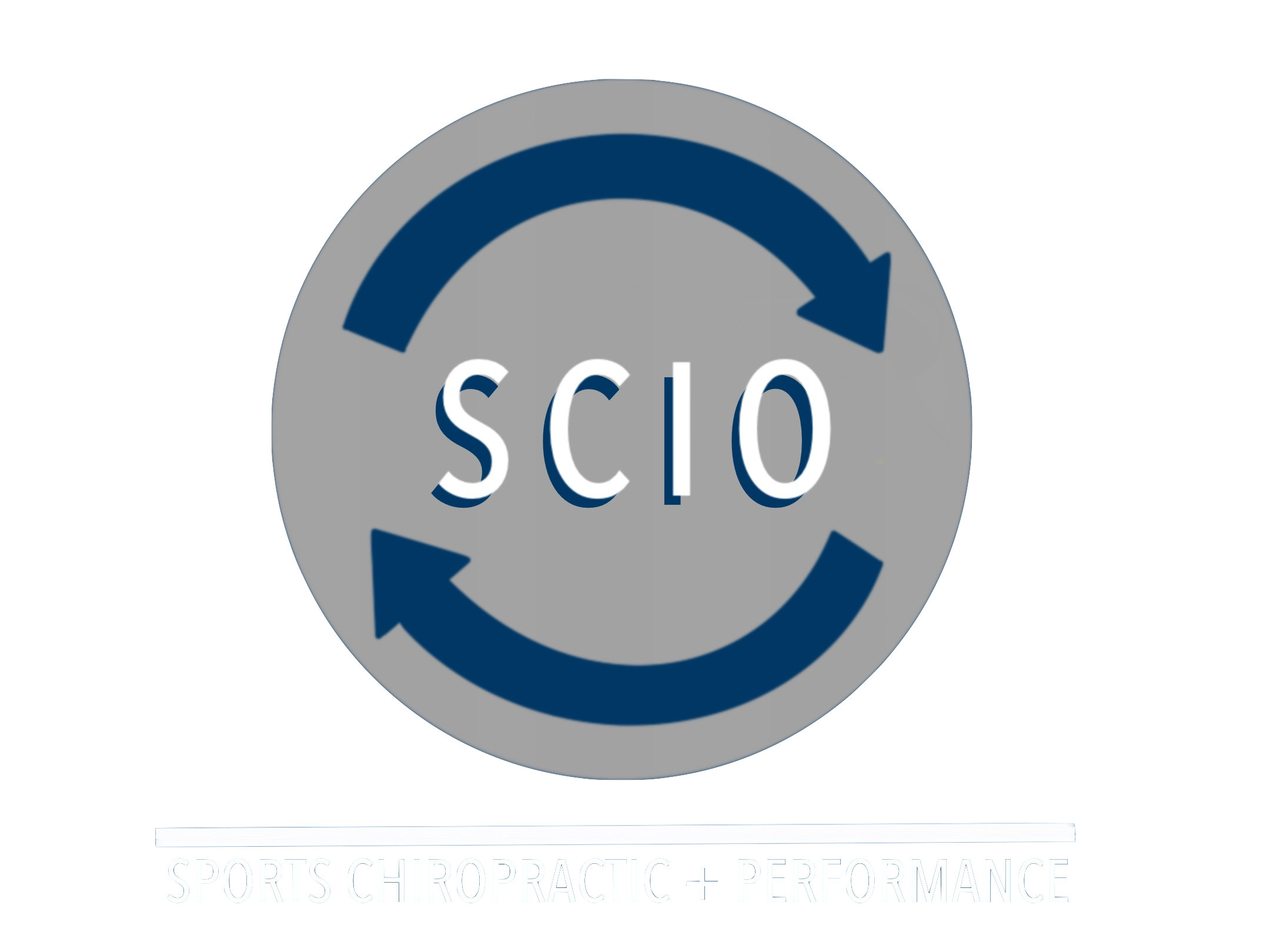Treatment Spotlight: Blood Flow Restriction
In today’s post we’re going to continue off of last week’s topic of blood, but more specifically we’re going to look at the rehabilitative and training benefits of restricting blood through a technique conveniently called Blood Flow Restriction (BFR).
Here we see BFR applied on both thighs. This can be used to create fatigue in all muscles distal, or lower than, the cuffs.
Whenever we exercise, our muscles demand constant oxygen and nutrients to supply them as a basic energy source. This lack of oxygen and related nutrients is called hypoxia. Our flowing blood is the convenient supplier of these resources, so as we exercise our heart rate increases and our blood vessels expand to get blood to the rest of the body more easily. This effect multiplies with the higher intensity of exercise that we as our muscles adapt to the workload we put them through. This results in higher resource demand and compensates with larger muscle size over time which allows for more strength as a result of that adaptation. BFR follows this basic principle and allows you to create artificial instances of hypoxia by restricting the flow of blood to a part of the body and perform lower intensity exercises with high repetition that results in the same effects as high intensity exercise.
We know that high intensity workouts are great for building muscles and strengthening bones, but what about people who recently came out of surgery? Or have conditions that cause muscle loss such as various forms of cancer, AIDS/HIV, diabetes, or COPD? What about individuals who want the benefits of progressive strength training but don’t have the weights to increase load? For these individuals, their circumstances make it challenging to perform high stimulus exercises, however, BFR allows us to mimic the effects of high intensity exercise as a form of increased stimulus for these patient groups.
BFR functions very much like the blood pressure cuffs used to take your vitals. The cuff is placed above the area that you’re training and the pressure is then increased to limit the flow of blood to that area. This is the hypoxia effect we talked about earlier. We can now have the individual exercise with a light load that’s suited to them with a high repetition count. The result is the body requiring the same amount of effort as high intensity exercise but with less physical strain on the body or risks associated with increased load. BFR allows us to better rehabilitate appropriate groups, but BFR also works equally well for athletes looking to benefit from muscle growth as the physiology is the same. There are also no greater health risks with this technique when you compare it to traditional exercise.
BFR can also be used to assess certain cases as well. For instance, if we suspect a knee involvement where symptoms come on with activity or exercise, we can simulate stress and fatigue but applying BFR with body weight exercises. This is the primary use for BFR in our office.
If you’re looking to get started with BFR, check out Achedaway’s kit! It’s important to use equipment that’s made for this technique as at home substitutes may end up harming you. Curious about BFR? Think it’s for you? Be sure to bring it up on your next visit to the office!
Achedaway’s BFR set is the choice active pneumatic compression device used at Solana Beach Family & Sports Chiropractic.


